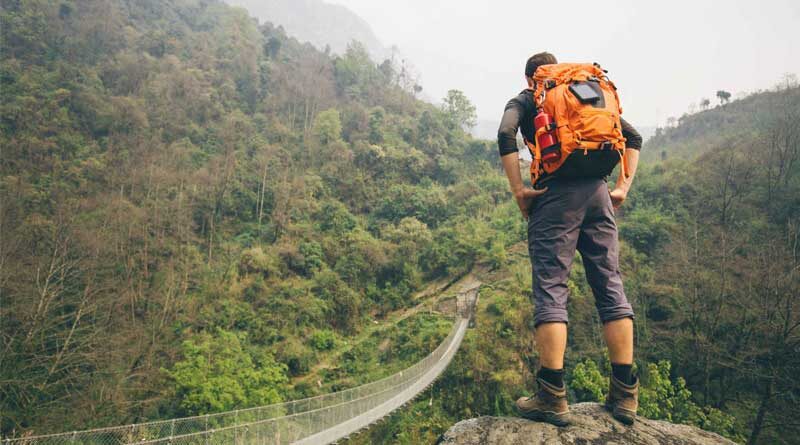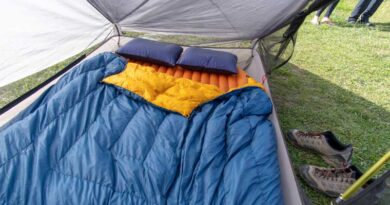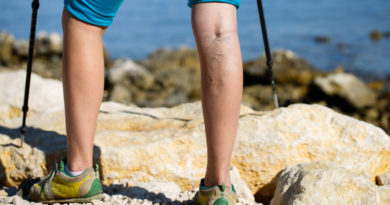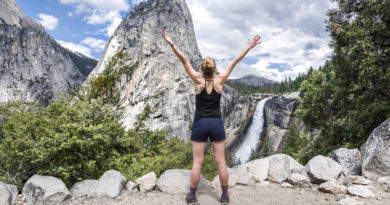What Size Pack Do You Need for Backpacking?
There are a vast array of backpacks out there so which one is going to be best for you? You need a pack that is going to be comfortable while carrying all the gear you need. Making the wrong choice can ruin your trip so in this article, I am going to show you some tips and tricks to get the perfect pack.
The right pack for you will depend on how long you’ll be backpacking and what you need to carry. Everyone is different and it’s important to get the right pack for you. Here we’ll go through a size guide along with the best types available.
Backpacking Packs – Size Guide
- Up to 10 liters – This is ideal for a short and fun trip out. You won’t be carrying many emergency essentials except for perhaps a flashlight. It’s mainly used to carry some food and a bit of water for a fast trip out over a few hours.
- 10 – 20 liters – The range here is still on the light side for a day pack. It allows you to carry a lot more water and some more emergency essentials. It also gives you more flexibility to carry an insulation layer and a waterproof layer.
- 20 – 30 liters – If you wanted a full day of hiking, this size of the pack would be what you’re looking for. You store away plenty of food and water along with a few extra layers. You can carry plenty of extras such as a map/compass, flashlight, first aid box, multi-tool, and binoculars.
- 30 – 40 liters – This is probably too big for a day trip (unless your carrying gear for someone else) and too small for a long camping trip. Instead, it’s ideal for overnight stays as it is big enough to fit a lightweight tent and pad. You’ll be able to get plenty of food and water in here.
- 50 – 60 liters – Here we see a size range that’s great for weekend campers who want some extra luxuries or lightweight campers who are having a longer stay. You can get a larger tent in here along with plenty of clothes, emergency essentials, and sleeping gear.
- 60 – 70 liters – For those looking to camp for a week or so, this size bag can handle everything they need. Along with all of the above, it can take a lot of cookware, a large first aid kit, and any extra luxuries that you want. At this stage, the pack starts getting quite heavy.
- 70+ liters – You’ll probably only need a backpack this size if you’re either heading out on a very long trip or carrying more than just your own gear. Here you have to be very wary of the weight but this size pack can take everything you need and more.
Types
The sizes above generally fall into a few different categories. There are many different types of packs available, including a few that are useless for backpacking. Here we take a look at the most important group for you to consider and have separated them into day trip packs and overnight packs.
For Day Trips
- Daypack – A day pack has a familiar backpack design with a front-loaded compartment and is usually fairly small. These bags are simple without that many features. They are ideal for short hikes where you’ll be spending a few hours on a backpacking adventure.
- Rucksack – These are like daypacks but have that familiar flap-over design that folds over the main compartment. Often they can be even smaller than a daypack and can be used to carry some food and drinks. They often have an outer pocket that makes it easy to grab essentials.
- Small backpack – A small hiking backpack is great for adventures that take up a full day or you can even stretch them to be an overnight pack. A capacity of up to 40 liters means you can get plenty in there and they are usually made to cope with tough conditions.
- Dry bag – Dry bags usually have a lower capacity but have the huge benefit of being completely waterproof. It makes them ideal for anyone who is going to be by water, such as on a kayaking trip. They often aren’t easy to use but will ensure all your gear stays dry.
For Multi-Day Trips
- Tactical backpack – These types of backpacks have immense durability and functionality. They are ideal for those who want to travel fast and light. Capacity can be quite limited but there are plenty that is ideal for a few days out in the wild.
- Frameless backpack – A frameless backpacking backpack is a great idea when you want to carry a medium load in a very lightweight backpack. It makes it ideal for those who want to pack light while still spending a few days out there camping.
- Framed backpack – Framed backpacks are the ones that are going to take a huge of weight. The internal frame gives you plenty of support and prevents back soreness. This style means they are great for those wanting to head out camping for a week or more.
- Compression sack – If you’re going to have variable loads then you may love using a compression sack. They prevent any unused space while also giving you plenty of storage if you need it. They are great for adventures and give you high levels of comfort.
Choose The One That’s Right For You
You can use this info as a guide to choose the best backpack for you. It’s important to first know what you need to carry. How much clothing are you taking? How much food do you need? Are you taking cooking equipment? What other essentials are you carrying? These are all the types of questions you need to answer.
You want to get it right, and you don’t want to leave anything at home as there is no space in your backpack. Equally, you don’t want any wasted space. It’s important to use this guide to get the perfect backpack so you can enjoy your backpacking adventure.




